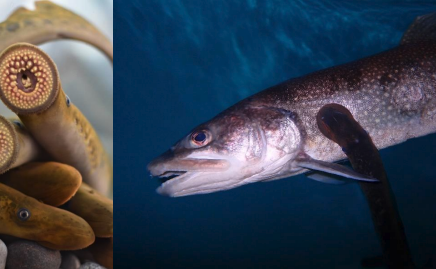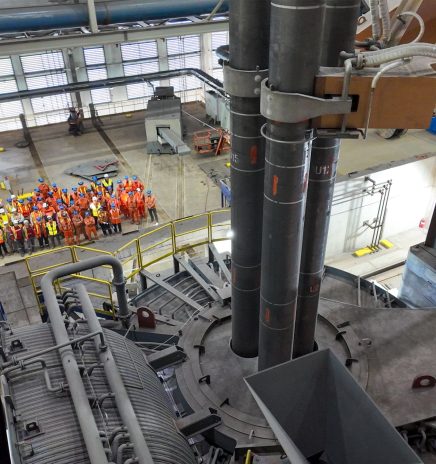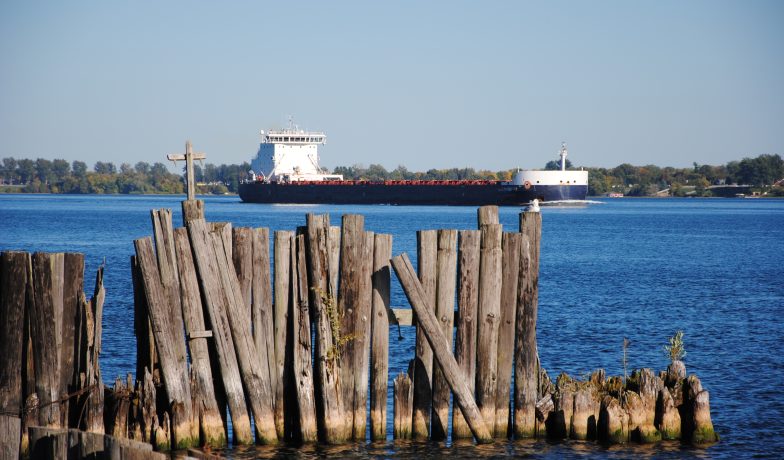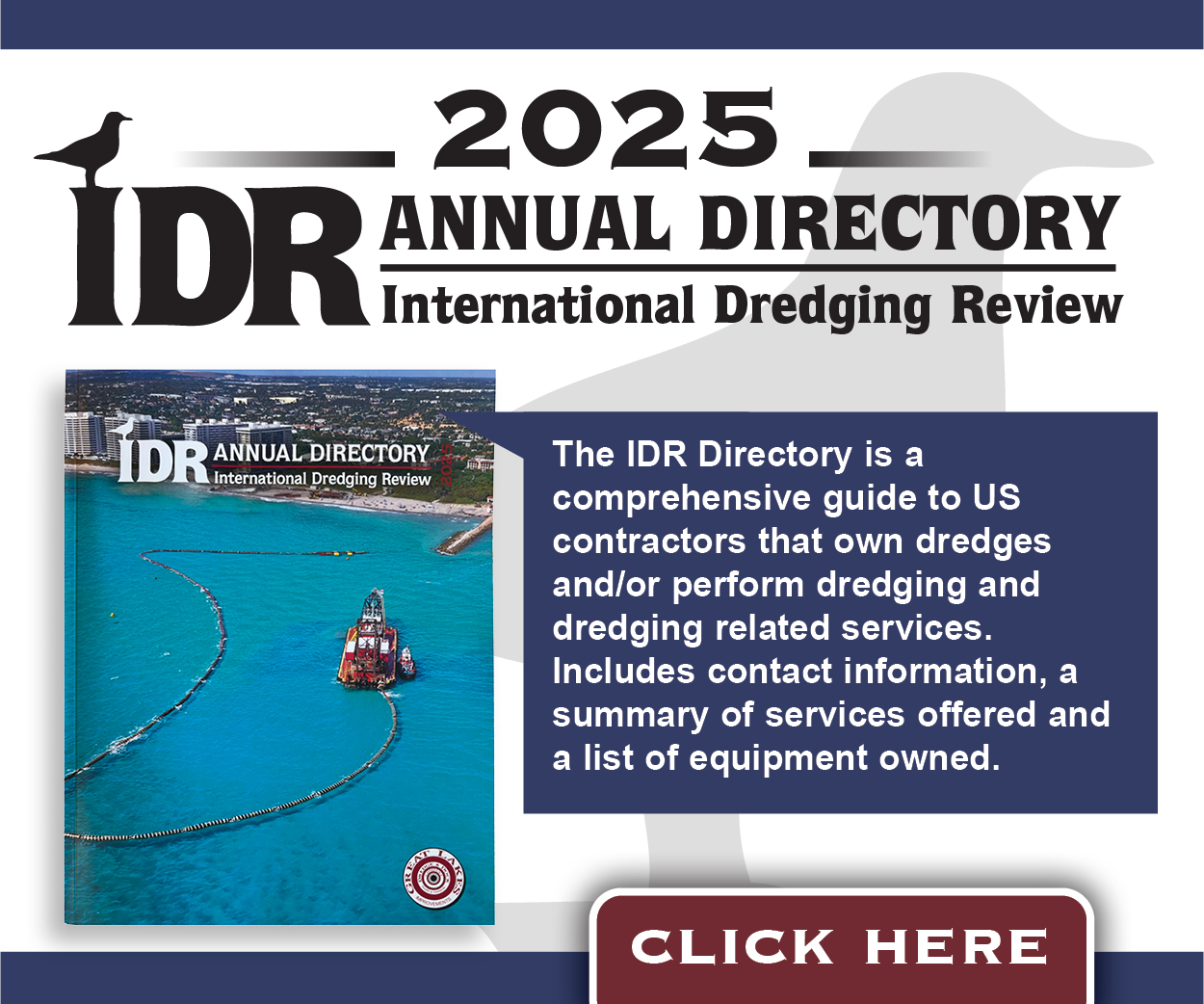Diverse Research Team to Explore Future Energy Options for Great Lakes Shipping
The bi-national Great Lakes-St. Lawrence Seaway System is one of the largest commercial waterways in the country and is essential to strengthening the economy, supply chain and the creation of jobs. It extends more than 2,000 miles and contains more than 110 ports.
“Decarbonizing the maritime industry has been a key objective of the Biden-Harris Administration, and MARAD is excited to be part of a study that will investigate new fuel and power options for Great Lakes shipping,” said maritime administrator Ann Phillips.
Over a period of 16 months, researchers will assess alternative fuels and power options in the region and will develop a detailed profile of Great Lakes fleets, ports and fueling infrastructure.
The project will also summarize relevant domestic and international environmental regulations that will influence the uptake of these technologies.

Sea Lamprey Control Initiative Enters Five-year Implementation Phase
The Supplemental Sea Lamprey Control Initiative (SUPCON) has entered a new, five-year implementation phase following several years of successful proof-of-concept research. Funded by the Great Lakes Fishery Commission, SUPCON expands... Read More

Algoma Steel to Lay Off 1,000 Workers, Close Blast Furnace
Algoma Steel plans to lay off about 1,000 workers and close its blast furnace and coke making operations in early 2026. Algoma cites the high tariffs imposed by U.S. President... Read More



